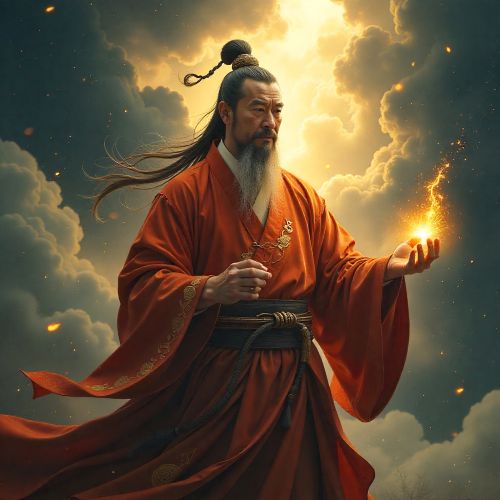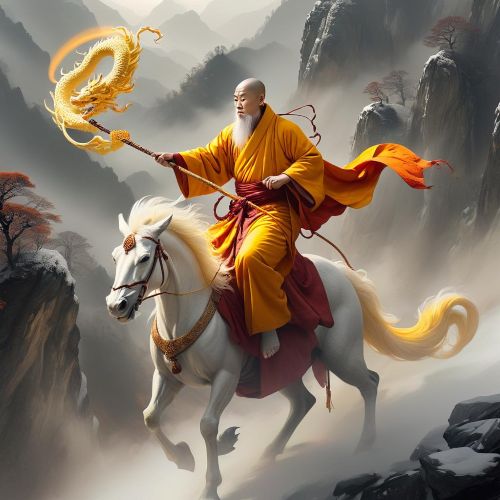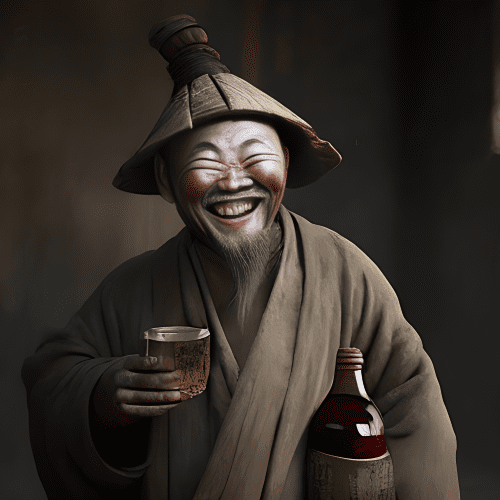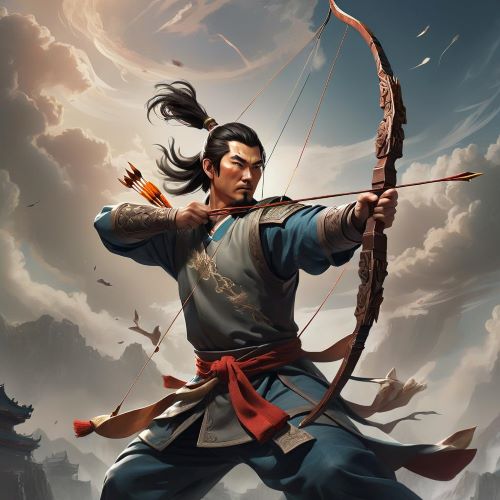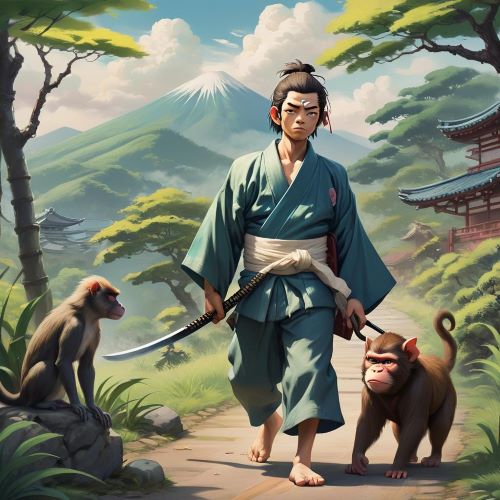East Asian Mortals
East Asian Mortals are central figures in the mythology and folklore of the region, where human stories often stand alongside those of gods, spirits, and supernatural beings. Unlike divine characters, these mortals represent the human capacity for wisdom, courage, and resilience, often achieving greatness through their choices and actions. Their tales highlight values deeply rooted in East Asian cultures, such as loyalty, honor, humility, and perseverance. East Asian Mortals embody the idea that ordinary humans can leave extraordinary legacies, making them vital to the cultural and spiritual traditions of countries such as China, Japan, and Korea.
In Chinese mythology, East Asian Mortals appear as heroes, scholars, and rulers who achieved legendary status through their deeds. Figures like Yu the Great, remembered for taming the floods, reflect the human struggle to harmonize with nature while serving society. In Japanese tales, mortals often take the form of brave samurai, wise poets, or wandering monks who display courage, discipline, and devotion to duty. Korean mythology also celebrates mortal figures who embody resilience and moral strength, including rulers and warriors whose stories emphasize loyalty to community and family. These characters show that even without divine powers, human effort can shape history and culture.
The myths of East Asian Mortals often blend human experiences with encounters from the spiritual realm. Some mortals are tested by spirits or gods, proving their worth through courage and wisdom. Others receive gifts, blessings, or punishments from divine beings, reflecting the belief that human lives are part of a larger cosmic balance. These stories demonstrate how mortals could bridge the gap between the ordinary and the supernatural, achieving greatness while remaining grounded in human limitations. They remind listeners that even the smallest acts of bravery or humility could earn a place in cultural memory.
Oral traditions, literature, and theater preserved the legends of East Asian Mortals for generations, ensuring that their lessons were passed on through storytelling. These tales often carried moral messages, teaching respect for authority, the value of perseverance, and the importance of maintaining harmony with nature and society. Performances, epic poems, and visual arts celebrated the lives of these mortals, turning their deeds into timeless cultural treasures. By embodying ideals admired within East Asian cultures, these characters became role models, guiding future generations through their examples of bravery, wisdom, and resilience.
Today, East Asian Mortals continue to inspire art, literature, and modern media. Their stories remain alive in novels, films, anime, and historical dramas, showing the timeless appeal of human heroes who rise to greatness through character and determination. They are celebrated not only as legendary figures but also as symbols of cultural identity, resilience, and the enduring human spirit. East Asian Mortals remind us that mythology is not only about gods and spirits but also about the power of humanity to shape its destiny. Their legends endure as a bridge between ancient traditions and modern imagination, keeping their legacy alive across the world.
East Asian Mortals are central figures in the mythology and folklore of the region, where human stories often stand alongside those of gods, spirits, and supernatural beings. Unlike divine characters, these mortals represent the human capacity for wisdom, courage, and resilience, often achieving greatness through their choices and actions. Their tales highlight values deeply rooted in East Asian cultures, such as loyalty, honor, humility, and perseverance. East Asian Mortals embody the idea that ordinary humans can leave extraordinary legacies, making them vital to the cultural and spiritual traditions of countries such as China, Japan, and Korea.
In Chinese mythology, East Asian Mortals appear as heroes, scholars, and rulers who achieved legendary status through their deeds. Figures like Yu the Great, remembered for taming the floods, reflect the human struggle to harmonize with nature while serving society. In Japanese tales, mortals often take the form of brave samurai, wise poets, or wandering monks who display courage, discipline, and devotion to duty. Korean mythology also celebrates mortal figures who embody resilience and moral strength, including rulers and warriors whose stories emphasize loyalty to community and family. These characters show that even without divine powers, human effort can shape history and culture.
The myths of East Asian Mortals often blend human experiences with encounters from the spiritual realm. Some mortals are tested by spirits or gods, proving their worth through courage and wisdom. Others receive gifts, blessings, or punishments from divine beings, reflecting the belief that human lives are part of a larger cosmic balance. These stories demonstrate how mortals could bridge the gap between the ordinary and the supernatural, achieving greatness while remaining grounded in human limitations. They remind listeners that even the smallest acts of bravery or humility could earn a place in cultural memory.
Oral traditions, literature, and theater preserved the legends of East Asian Mortals for generations, ensuring that their lessons were passed on through storytelling. These tales often carried moral messages, teaching respect for authority, the value of perseverance, and the importance of maintaining harmony with nature and society. Performances, epic poems, and visual arts celebrated the lives of these mortals, turning their deeds into timeless cultural treasures. By embodying ideals admired within East Asian cultures, these characters became role models, guiding future generations through their examples of bravery, wisdom, and resilience.
Today, East Asian Mortals continue to inspire art, literature, and modern media. Their stories remain alive in novels, films, anime, and historical dramas, showing the timeless appeal of human heroes who rise to greatness through character and determination. They are celebrated not only as legendary figures but also as symbols of cultural identity, resilience, and the enduring human spirit. East Asian Mortals remind us that mythology is not only about gods and spirits but also about the power of humanity to shape its destiny. Their legends endure as a bridge between ancient traditions and modern imagination, keeping their legacy alive across the world.



